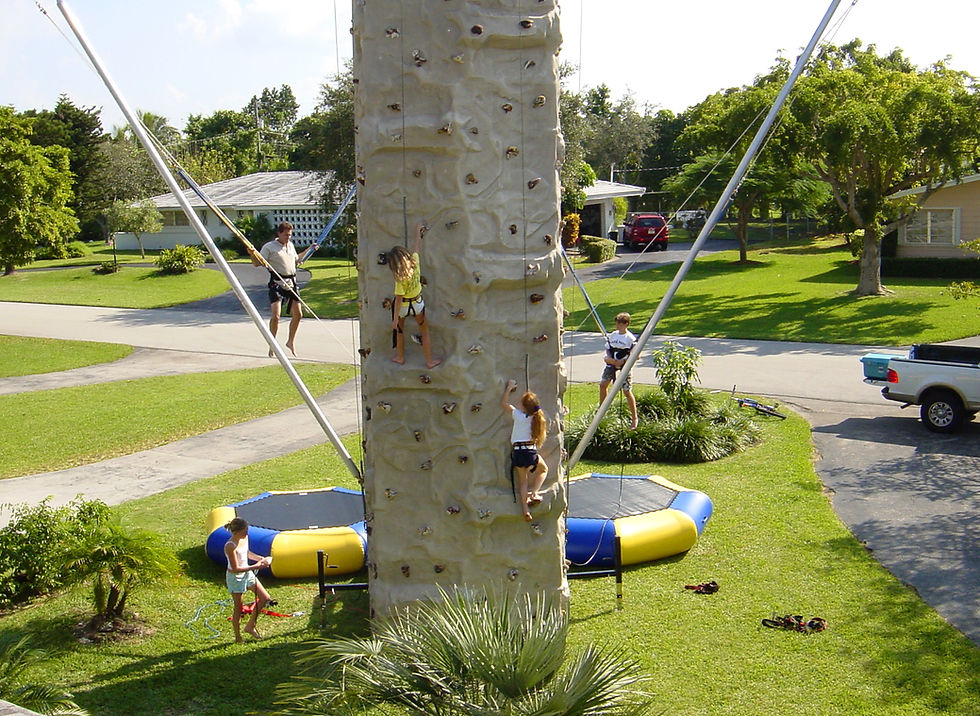
Have you ever wondered how to pick the perfect climbing wall? With so many options available, it can feel overwhelming. Whether you’re a school, fitness center, or childcare facility, finding the right climbing wall requires careful thought.
Considering the climbers’ age, the purpose of the wall, and its aesthetic appeal will help narrow down your options. Here’s a step-by-step guide to make the process easier.
Age Matters: Choosing for Different Climbers
The age group of your climbers is a critical factor. Climbing walls are designed to suit different developmental stages. Here’s a breakdown:
Ages 3-5 (Preschoolers): Safety and simplicity are key for this age group. A basic horizontal climbing wall is ideal for this age group. It encourages horizontal climbing while keeping kids close to safety mats. These shorter walls are perfect for preschools and childcare centers.
Ages 5-10 (Elementary School): For children in this range, a wall around 8 feet high is a great fit. These walls promote traversing (climbing across) rather than vertical climbing.
This design eliminates the need for additional safety equipment. They are fun, challenging, and great for elementary schools. Accessories can be added to increase the challenge for older kids in this group.
Ages 10-14 (Middle School): Older children require more options to suit their growing capabilities. A wall around 10 feet high is a good choice for taller climbers. A bouldering wall is another great option, as it allows for varied climbing angles and increased difficulty.
You might also consider a combination wall, which integrates horizontal and vertical climbing features. It’s a popular choice for middle and high schools.
Ages 14+ (Teens and Adults): Teens and adults benefit most from a top-rope climbing wall. These walls encourage strength, endurance, and teamwork. A bouldering wall is a great alternative for spaces with limited budgets or space. Bouldering walls are also popular in gyms and fitness centers.
Purpose: How Will the Wall Be Used?
The purpose of your climbing wall is just as important as the climbers’ ages. What do you hope to accomplish with the wall?
Skill and Strength Development: If your goal is to improve climbing techniques and physical strength, choose walls with extra features. Adding overhangs can provide additional challenges for climbers to conquer.
Team Building: A top rope wall is perfect for fostering teamwork and trust. Climbers will learn belay protocols, which involve managing safety ropes. This builds cooperation and communication skills while promoting endurance.
Inclusivity for Special Needs: An adaptive climbing wall is the best option for climbers with disabilities. These walls feature smooth surfaces and special hand and foot holds that provide extra support and ensure accessibility for all. Adaptive walls are also ideal for therapy centers and schools that aim to promote inclusivity.
Educational Activities: Some climbing walls integrate learning with physical activity. Walls that allow climbers to solve math problems or spell words while climbing are perfect for schools that want to combine physical education with other subjects.
Aesthetics: Make It Look Amazing
The appearance of your climbing wall plays a big role in its appeal. A visually interesting wall can inspire climbers and enhance your space.
Realistic Rock Look: Walls that mimic natural rock textures provide an authentic climbing experience while looking rugged and adventurous.
Creative Murals: Mural walls can transport climbers to exciting environments. Themes like jungles, oceans, mountains, or space add a fun twist. Custom mural walls allow you to create a unique design tailored to your needs.
Modern and Sleek Designs: For a contemporary aesthetic, choose a climbing wall with a polished, minimalist look.
Custom Options: If none of the standard designs match your vision, go custom. Whether you want bright colors or a neutral palette, there’s a climbing wall for every taste.
Why Invest in a Climbing Wall?
Climbing walls offer benefits beyond just fun. They are powerful tools for development.
Physical Benefits: Climbing enhances strength, coordination, and flexibility. It also builds endurance and agility.
Mental and Cognitive Skills: Problem-solving and critical thinking are integral to climbing. These skills develop naturally as climbers figure out the best way to ascend.
Social and Team Skills: Activities like belaying promote trust and communication. These skills are essential for both school and work environments.
Inclusivity: Adaptive walls make climbing accessible to everyone, creating a welcoming environment for people of all abilities.
Simplify Your Choice
Choosing a climbing wall doesn’t have to be daunting. Follow these steps to make the decision easier:
Determine the climbers’ age range.
Identify the main purpose of the wall.
Pick a design that matches your space and inspires climbers.
Let Us Help You Get Started
If you’re still unsure, don’t worry. At Vertical Reality, we specialize in helping clients find the perfect climbing wall. From Rock Climbing Walls with Auto Belay to custom designs, we’ve got you covered.
Contact us today to take the first step toward building your dream climbing experience.


Yorumlar